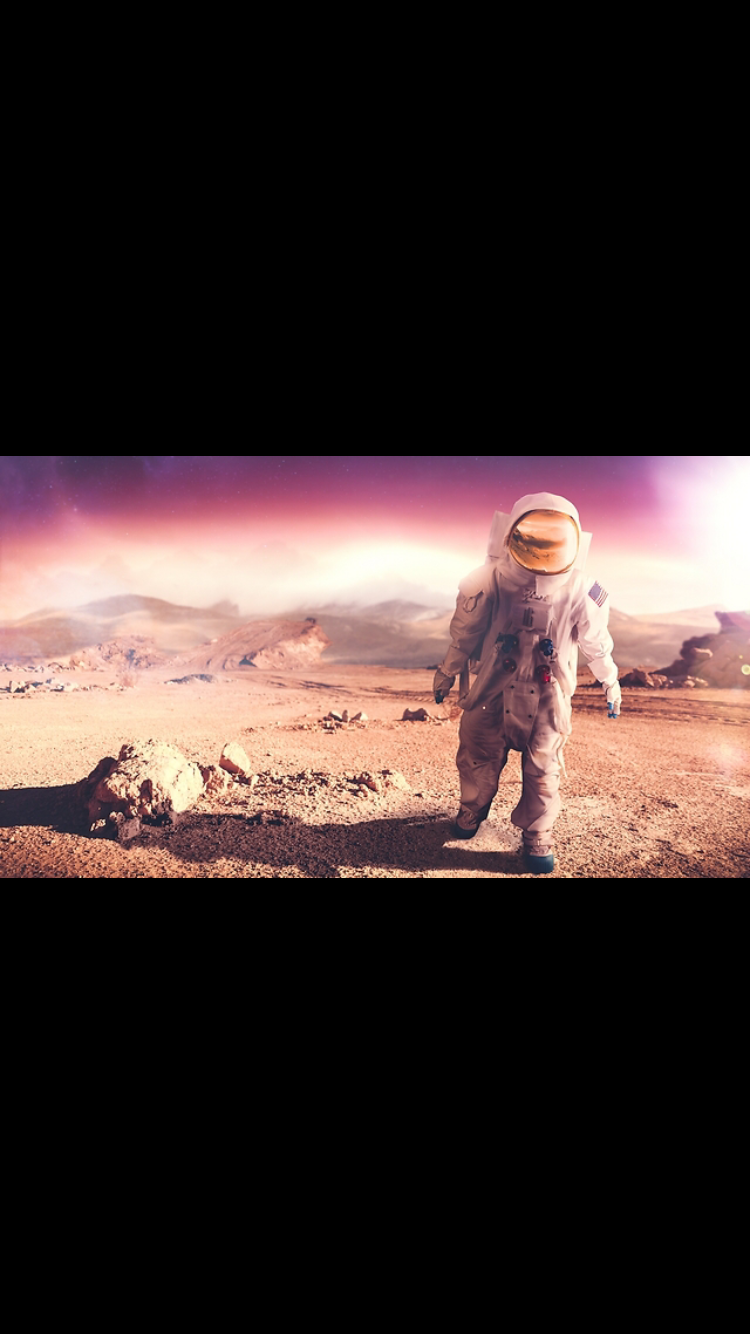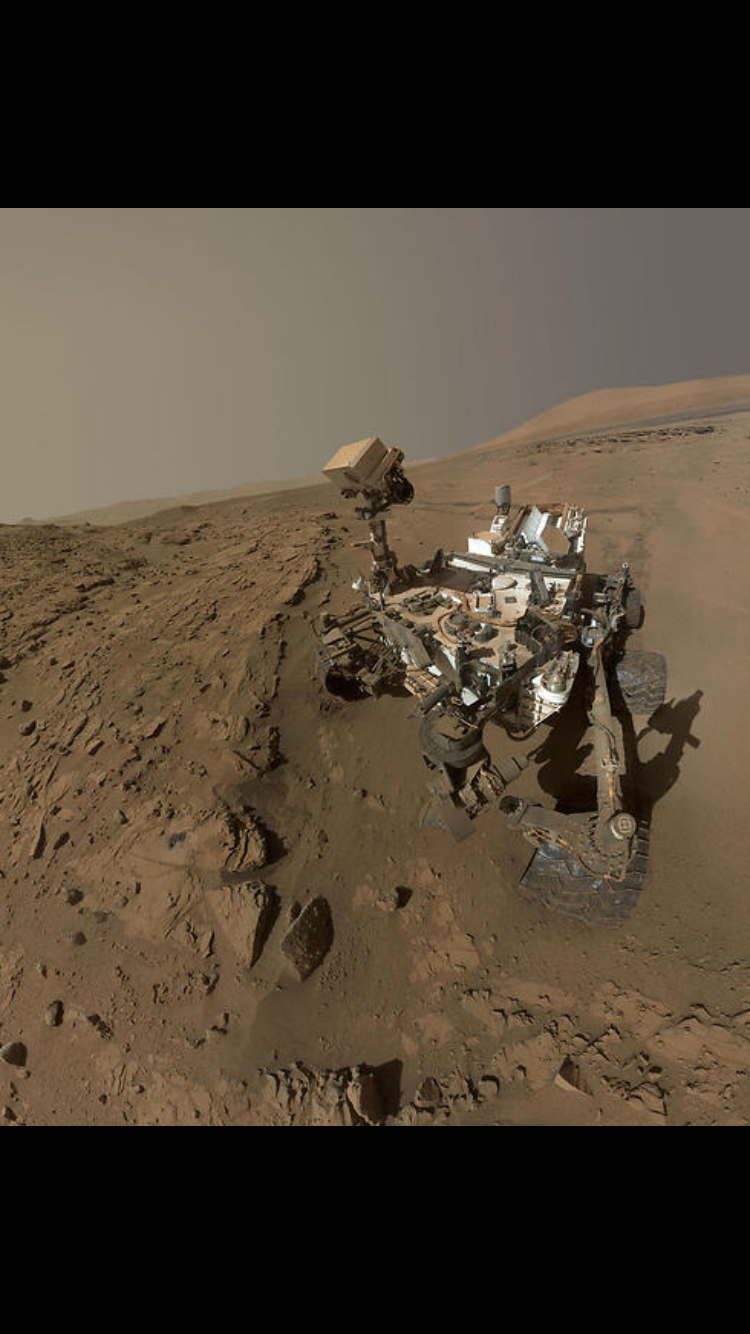The journey to Mars would be. According to the U.S. space agency NASA unmanned journey will take approximately 240 days in existing technologies, provided that exploit the window when Earth and Mars are the shortest distance, which happens once every 26 months. New technologies can shorten the journey in 100 days, but even so it is a matter of months.
Man says.
Star Science: Mars (narration: shiri Hadar, editing: Saturn)
Arduous training astronauts for the space port. Already at the time of launch, the g (gravitational acceleration) running on them increases to 3 g, i.e. three times the force of gravity at sea level. As the g increases, so the heart needs more power to regulate the blood in the body, and 4 g most people lose consciousness due to the decrease in blood pressure.
One of the main problems in long travel is radiation. Unlike what happens on Earth, in space there is no atmosphere that filters the radiation that comes from space. In fact, engineers are still trying to find solutions to protect passengers from the radiation that subelements strong during the long journey. The fear of radiation damage also led NASA to offer astronauts and astronauts, to freeze sperm or egg is beforehand, lest they hurt omoc.
A study published recently in the journal Proceedings of the National Academy of Sciences relieves some fears. The researchers kept a semen sample mouse frozen on the international space station for nine months and then Peru her eggs. The researchers found no differences between puppies born from the sperm sample suspended in space and those born from the control sample waiting at the Earth. The DNA of the semen may hurt a little during their stay in space, but the egg fixed those mistakes during fertilization. Researchers are also testing the effects of radiation on plants and seeds in order to find resistant plants that survive the long trip, thereby allowing the development of agriculture in the world.
Man says.
Potato breeding research on Mars.
However, it is important to note that the international space station is 450-300 miles from Earth, meaning that close to him, and she enjoys the protection provided Van Allen radiation belt. These charged particles that surround the Earth and set in place thanks to the magnetic field. Only one percent of the particles are shifted by magnetic field and reach the atmosphere. Journey to Mars will require crossing of Van Allen radiation belt and drive over them, meaning the spacecraft anyone in areas with radiation is much higher than the international space station.
Getting to Mars.
After long months of journey through space, as already shasteronatim see Mars spaceship window, stands a new challenge before landing. So far, the gshoshiot have landed on Mars use parachutes to slow before landing and were protecting airbags. For larger gshoshiot researchers have developed a sort of flying crane that can slow download research spacecraft to the surface. However, a manned spaceship will consider 20 tons, and existing technologies to lead such a weight to the surface of Mars safely before developed.
Landing area itself will be determined in advance, and NASA are looking for places that already allow the team to establish an outpost and scan the environment. The workshop was hosted by NASA researchers discussed years ago in 47 proposals for different landing areas for those who provide proper environment to land and adequate living conditions.
Photo: kioriositi gettyimages. Already on Mars (photo: gettyimages)
What happens when we land? The average temperature on Mars is approximately 60 degrees Celsius below zero. The temperature in summer can indeed reach to about 20 degrees in the Equator region, but night is falling well below zero. The atmospheric pressure on the surface of Mars is less than one percent of the air pressure at sea level on Earth. This means that fluid like water (and, largely water) boil at temperatures much lower than those we know. Even in places on Mars where the atmospheric pressure is higher than average, boiling water at 10° c. Therefore, the use of protective suits outside the workplace would be necessary, and the challenge will be to create more resistant suits and less clunky than those seen when the moon landing.
Life on Mars
The aim of the first Mars missions will be to learn how to live and survive on the planet. These tasks include establishing probably residential structures, and both have first and foremost to provide personnel protection against changes in temperature and radiation and to facilitate self-employment without external support.
In 2016 has chosen six companies that will shape her NASA prototype and working environment, and gave them two years to research and create the first model. Such a structure would have to deal with issues critical to preserving life, such safety measures, energy supply, etc.
There are risk factors. Researchers at the University of Edinburgh in Britain recently discovered dangers of radiation on Mars including as previously thought. The cause is chemical substances from the surface of Mars, intensifying the radiation intensity much anyway because of the atmosphere.
Photo: shutterstock
Imaging (photo: shutterstock)
In a study carried out in the lab, the researchers showed them the materials shown on Mars radiation and found they caused large-scale mortality of bacteria exposed to them. A possible solution is to establish a living underground, but to do so required heavy excavation tools that there is currently no practical way to bring from Earth. Researchers have offered in the past to launch several manned missions with bots before the arrival of humans to the planet in order to build the infrastructure necessary for manned mission.
Beyond the safety issue, they need to develop residential also refer to maintaining mental health of staff. The Mars mission, including the flight to be very long, and during that time have the staff to live in small spaces. Studies show that staff members may develop claustrophobia (enclosed spaces anxiety) and other disorders after prolonged stays in space and space is limited. To reduce the danger, the living and work environments need to be not only easy, but also compact and provide personal space large enough for the team and save


